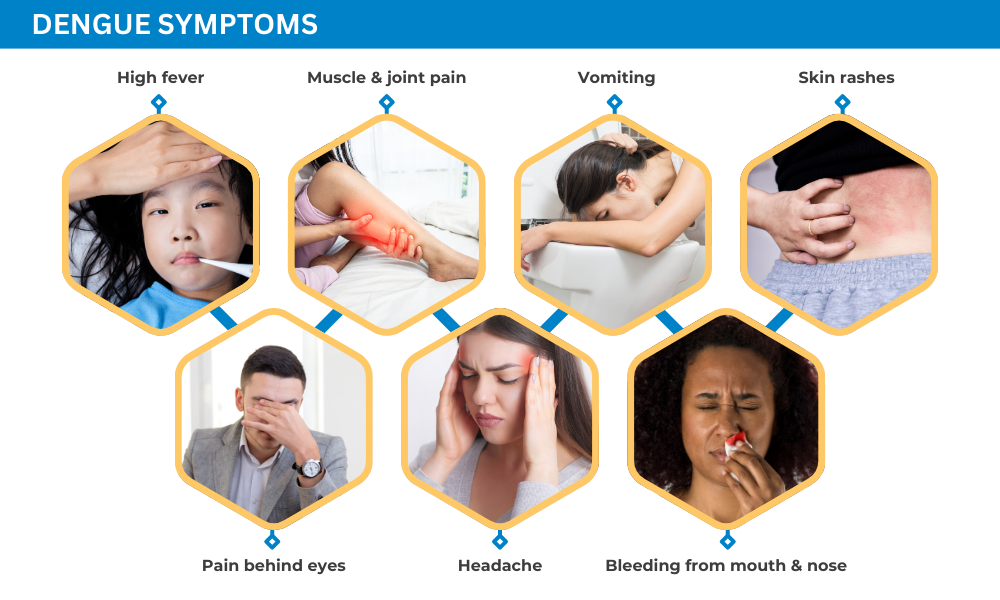Dengue Fever Cases Surge in the Americas
Dengue cases in the Americas surged threefold in the first three months of this year compared to the same period last year, according to the Pan American Health Organization (PAHO). Brazil, Argentina, and Paraguay are the most severely affected countries. PAHO officials warn that this outbreak has the potential to be the worst the Americas have faced to date.1
As of March, PAHO had confirmed over 3.5 million dengue cases and more than 1,000 deaths in the Americas for early 2024 alone. In comparison, 4.6 million cases of dengue were reported in this region for all of 2023. Now by August 2024, PAHO has confirmed nearly 6 million cases and more than 6,000 deaths due to dengue.2 See chart below.

Dengue, commonly referred to as break-bone fever, is a viral infection vectored by Aedes mosquito bites. Four different dengue serotypes circulate throughout the Americas including DENV-1, DENV-2, DENV-3 and DENV-4.3
Dengue may be asymptomatic, or present symptoms including: fever, severe headache, nausea, vomiting, pain behind the eyes, muscle pain, joint pain, and rashes. Severe cases of dengue are characterized by shock, respiratory distress, severe bleeding, and/or serious organ impairment. Symptoms generally persist for 2-7 days. In rare cases, dengue can be fatal.3

There is no specific treatment available for dengue. The Centers for Disease Control recommends resting, treating fever with acetaminophen, and drinking plenty of fluids to help with recovery.4
Reducing the incidence of dengue relies on controlling the Aedes aegypti mosquito. The public is advised to avoid collecting water in open-air containers, cover water tanks, avoid accumulating garbage, and throw garbage away in closed bags in order to prevent breeding sites for mosquitoes.3
Meet the author

TECHNICAL SERVICES MICROBIOLOGIST I at HARDY DIAGNOSTICS
Trey Jensen, B.S. Food Science & Technology
Trey is a Cal Poly Pomona graduate with a background in food safety and manufacturing. Trey is certified in Hazard Analysis Critical Control Point (HACCP). In his current role at Hardy Diagnostics, Trey provides technical product support and participates in AOAC International OMA program efforts for the development of food testing methods. In his free time, Trey enjoys family life with his wife, son, and daughter. In addition, Trey is a 3D design and printing enthusiast, avid gamer, and metal music enjoyer.







